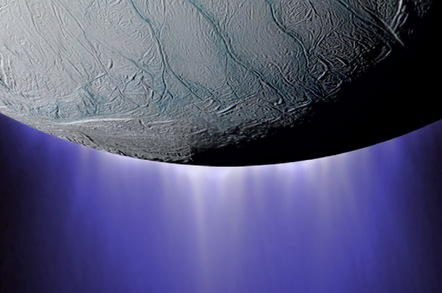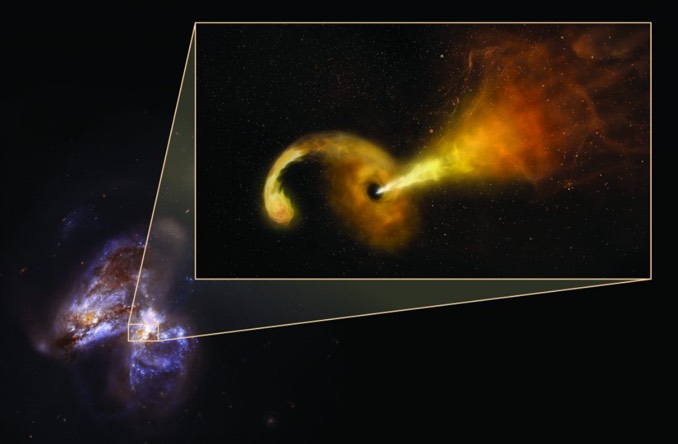
For the very first time, astronomers have captured an image of a baby planet as it carves a path through the disc of dust that surrounds its star, an orange dwarf 113.4 parsecs (370 light-years) away from Earth.

A mysterious cataclysm in a neighboring galaxy was spotted in the sky above Hawaii last week, sending astronomers around the world scrambling to understand the source of the staggeringly brilliant flash.

Last October, researchers spotted a long, skinny object speeding through our solar system. Additional observations have now earned the object a comet label.

Nexus for Exoplanet Systems Science, or NExSS project's mission is to be able detect extraterrestrial “biosignatures” using current and future technologies.

Using mass spectrometry data from NASA's Cassini spacecraft, scientists found that large, carbon-rich organic molecules are ejected from cracks in the icy surface of Saturn's moon Enceladus.

The James Webb Space Telescope would be the most complex imaging hardware that NASA has attempted to put into space. But so far, that complexity has driven extensive delays.

However, eager spacegoers may want to reconsider rushing to fly. So far, Blue Origin has only flown its New Shepard vehicles eight times with its first launch in April 2015 proving testy.

A storm of tiny dust particles on Mars has prompted NASA's Opportunity rover to suspend science operations. The Martian dust storm has grown in size and is now officially a 'planet-encircling' (or 'global') dust event.

Scientists have analyzed data from K2, the follow-up mission to NASA's Kepler Space Telescope, and have discovered a trove of possible exoplanets amid some 50,000 stars.

NASA’s Juno spacecraft took this color-enhanced image on May 23, 2018 24), as the spacecraft performed its 13th close flyby of Jupiter. At the time, Juno was 15,500 kilometers from the planet’s cloud tops.

Until now, astrophysicists had only been able to locate about two-thirds of the ordinary matter. In the new research, an international team pinned down the missing third.

While there is no physical evidence that parallel universes exist, the theories that explain how our universe came to be seem to suggest that they are inevitable.

For the first time, astronomers have directly witnessed the aftermath of a black hole consuming a nearby star, imaging the formation and expansion of a high-speed jet of material ejected in the maelstrom.

Researchers have identified 121 giant planets that potentially host moons capable of supporting life.

Two independent teams of astronomers have used ALMA to uncover convincing evidence that three young planets are in orbit around the infant star HD 163296.